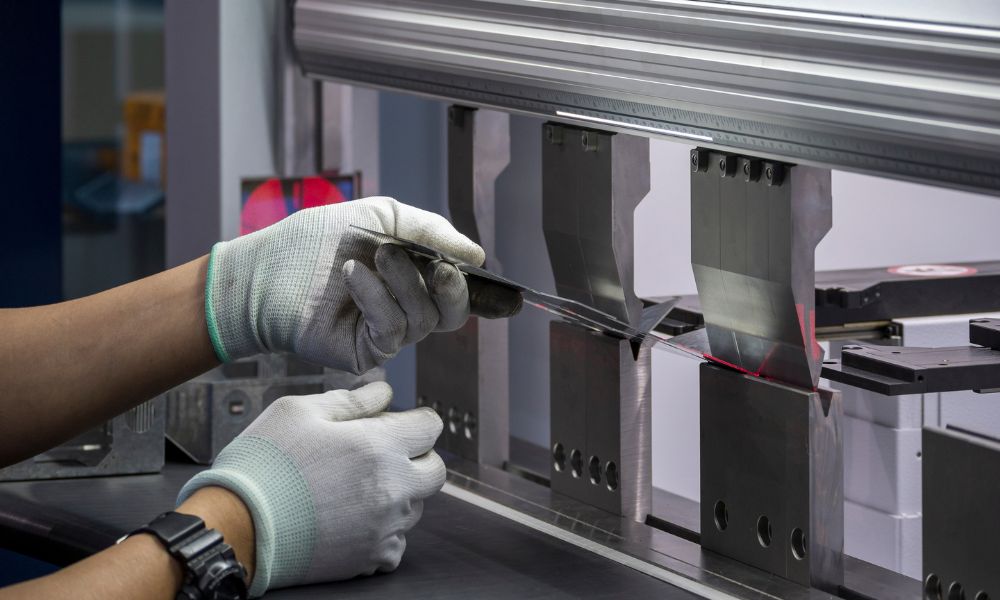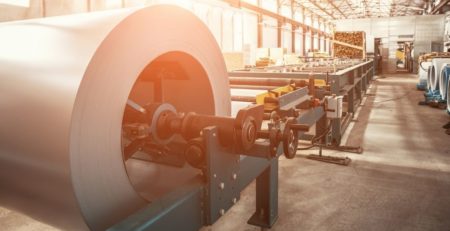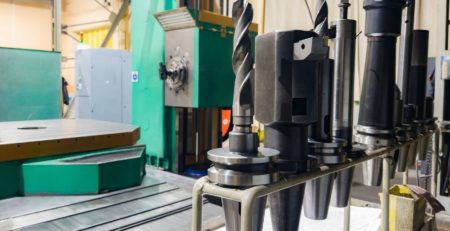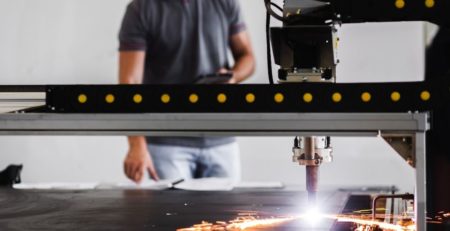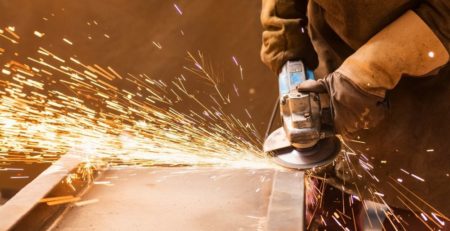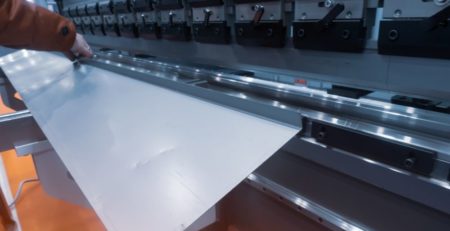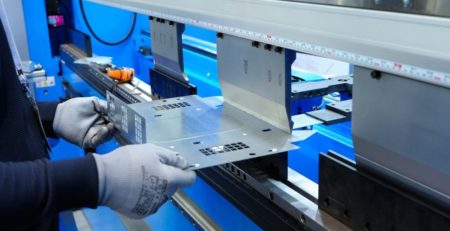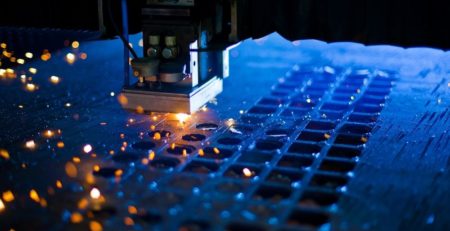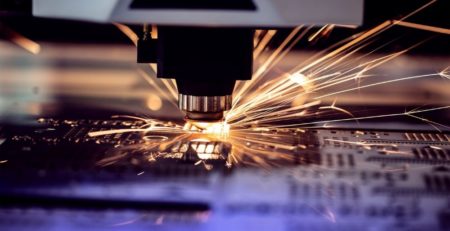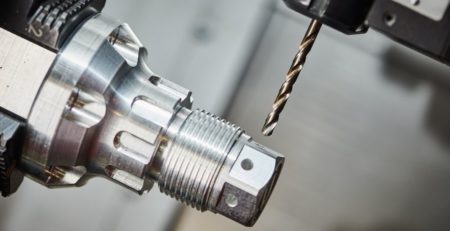How To Reduce Metal Waste During Fabrication
The advent of computer numerical controls (CNC) and robotics in metal fabrication has helped metalworking shops produce parts and products that are more precise. But waste is still an issue; even the best metal product designs and specifications can’t use every ounce of raw material.
The unused portions turn into potentially toxic waste that shops must manage according to environmental regulations. Businesses must shoulder additional costs and paperwork to comply with reporting requirements that may apply to the disposal of metal scrap. Learn how to reduce metal waste during fabrication to save your business money and reduce pollution.
Automation
Reducing human error also reduces waste. Automation with computer controls and robots can increase the accuracy of parts production, minimizing the number of times a part might need to be retooled or deburred. You can equip computerized and robotic equipment with sensors that detect flaws in machine processes that may generate excess waste, slow your production, or create pieces that do not conform to specifications.
Automation also improves safety. Workers can spend more time refining the programming that instructs the machines to make precise cuts or bends while keeping them out of harm’s way. Maintaining a safe work environment also saves money, reducing downtime and injuries and making your shop a more attractive employer. A safe work environment with a long record of operating without accidents will retain experienced team members and encourage a culture in which safety is a priority.
Processes
A detailed audit of metal fabrication processes can turn up several areas of waste that you hadn’t discovered previously. From scrap metal left lying around on the shop floor to worn tools and equipment that produce sub-par products that require additional processing, your shop may be rife with processes that you could improve to reduce waste.
Quality equipment can make a significant difference in reducing waste. If you produce long beams, poles, or tube sections that require bending, you can use a hydraulic tandem press to create the piece in one operation. Forming several pieces that then must be cut and joined is a process that generates wasted metal, and employing the use of a hydraulic tandem press streamlines this process.
Also, consider the processes you employ for finished parts. Parts may come through fabrication in perfect condition but may endure damage from the containers they are packed into or the cleaning processes they undergo in the eleventh hour. Reducing damage to fabricated parts means you will discard fewer of them, reducing waste.
Design
Precision and innovation in design help reduce waste. Nesting practices in which small parts are cut from the negative space of larger parts use more of the basic material and create less waste. Batching processes that produce parts with similar dimensions, edges, or shapes can also reduce waste.
Using computer-assisted design rather than physical prototyping can also reduce wasteful iterations of a part or product. Like a great baker who positions a cookie cutter to make maximum use of their dough, metal fabricators can use computer-assisted design to create cutting patterns and processes that reduce waste.
Training
No matter how automated your processes become, your efforts to reduce waste can come to naught if your team does not receive proper training about how to prevent excess waste and why doing so is important.
Share regulatory requirements about reducing toxic metals in the environment, as well as the cost-saving benefits of reducing waste. Using as much of the metal available in your shop can have a better effect on your bottom line than selling scrap for pennies on the dollar. When you reduce waste, you can direct more of your resources to providing higher wages, improved benefits, or other employee perks.
Materials
Retaining scrap from high-quality materials and using it to create parts that ordinarily would be made from lower-grade metals can reduce waste while improving output. While some types of parts and machined metal components require a specific type or grade of metal, others don’t. If the parts you are producing will function just as well or better when fabricated from materials trimmed from other production runs, use the high-grade stuff.
Recycling
Recycling isn’t just a way to manage waste—it is a practice that reduces waste from the get-go by limiting the need to produce new refined materials from resources extracted from the earth. When you recycle, every ounce of metal that can be reused replaces a quantity of newly produced metal. The process of forming new materials consumes high amounts of energy and natural resources, whereas recycling does not.
Digitization
Taking accurate measurements of how much metal you’re using and how much you’re wasting helps you make better choices about tools, machines, and the processes and skills you must improve to increase your efficient use of raw materials.
Gathering and analyzing data about your inventory, processes, and the volume of scrap your shop generates refines your calculations in every aspect of your operation, from transportation to storage to purchasing. Perhaps you didn’t realize that you routinely buy sheet metal that’s too long, thick, or wide, resulting in scrap that you can’t repurpose for other uses. Maybe some of your cutting processes could be eliminated, and stamping, bending, or boring metal would produce parts that meet specifications without generating so much waste.
Reducing metal waste during fabrication helps you run a cleaner, safer, more efficient metalworking shop. It also benefits the environment. Sustainable practices are increasingly important to your customers. Establishing processes, training your team, and finding innovative ways to reuse scraps to keep them out of a waste stream are environmentally responsible practices that can keep you in the good graces of your customers and regulatory agencies.
Mac-Tech specializes in supplying previously owned metalworking machinery with a substantial remaining useful life at prices that will work for your budget. Improve your shop’s operation with equipment from Mac-Tech. When you buy from us, you also have access to industry experts, parts, supplies, and service that is responsive and fast. Contact Mac-Tech for your metalworking machinery needs today.


